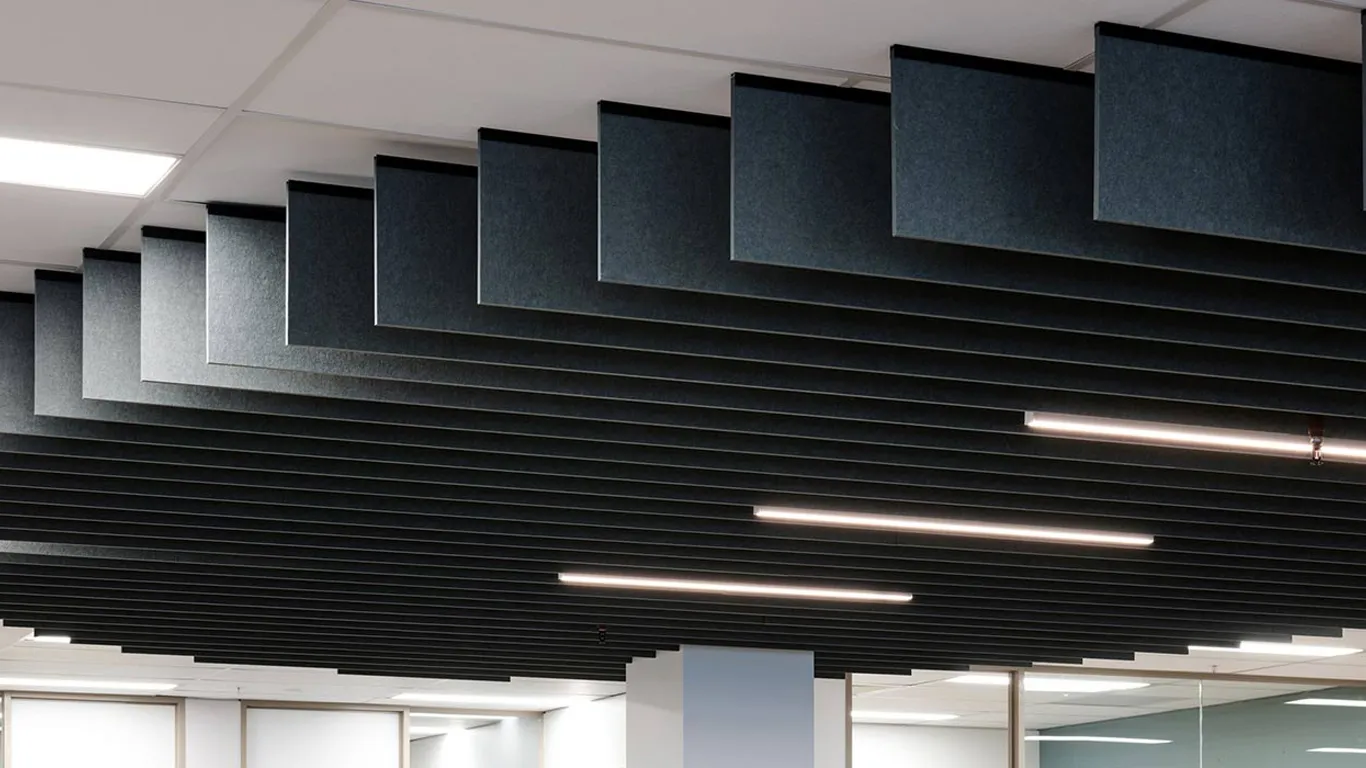Acoustic ceiling tiles have become an essential component in modern interior design, particularly in commercial and office spaces where noise control is paramount. At Harlie Harper, we recognize the importance of creating environments that are not only visually appealing but also acoustically optimized. This comprehensive guide will explore the various types, materials, and benefits of acoustic ceiling tiles, providing valuable insights for anyone looking to enhance their spaces through effective sound management.
Acoustic ceiling tiles are a vital component in creating comfortable, functional, and aesthetically pleasing environments. By understanding the different types, materials, and benefits of acoustic ceiling tiles, businesses and individuals can make informed decisions that enhance the acoustic performance and visual appeal of their spaces.
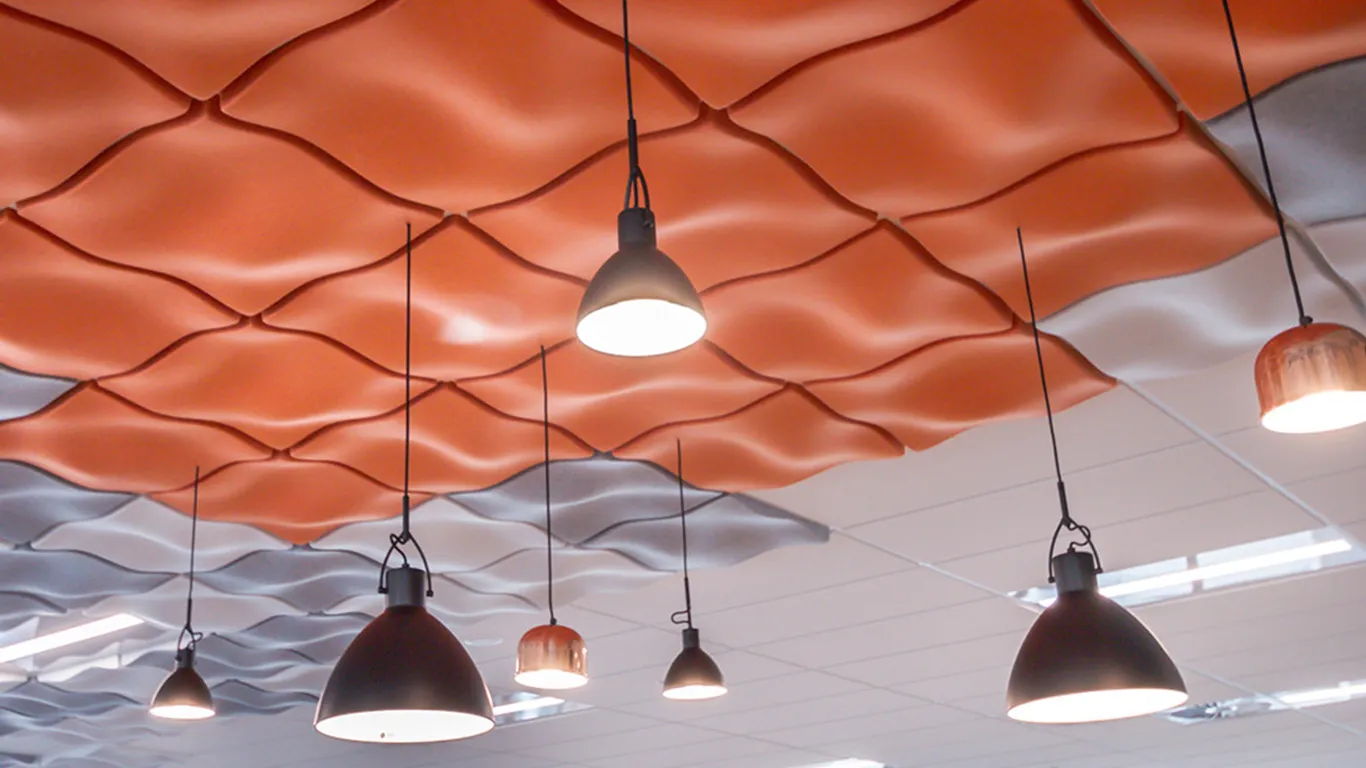
Understanding Acoustic Ceiling Tiles
Acoustic ceiling tiles are designed to improve sound quality by absorbing and reducing noise. They are particularly effective in environments where sound levels can become disruptive, such as offices, schools, hospitals, and public buildings. These tiles work by dampening sound waves, minimizing echo, and preventing noise from traveling between rooms. This results in a quieter, more comfortable environment that promotes productivity and well-being.
At Harlie Harper, we are committed to providing high-quality ceiling solutions that meet the diverse needs of our clients. Whether you are looking to improve the acoustics in an office, school, or public building, our range of acoustic ceiling tiles offers the perfect blend of performance, design, and durability. Explore our offerings and transform your space into a haven of sound quality and aesthetic excellence.
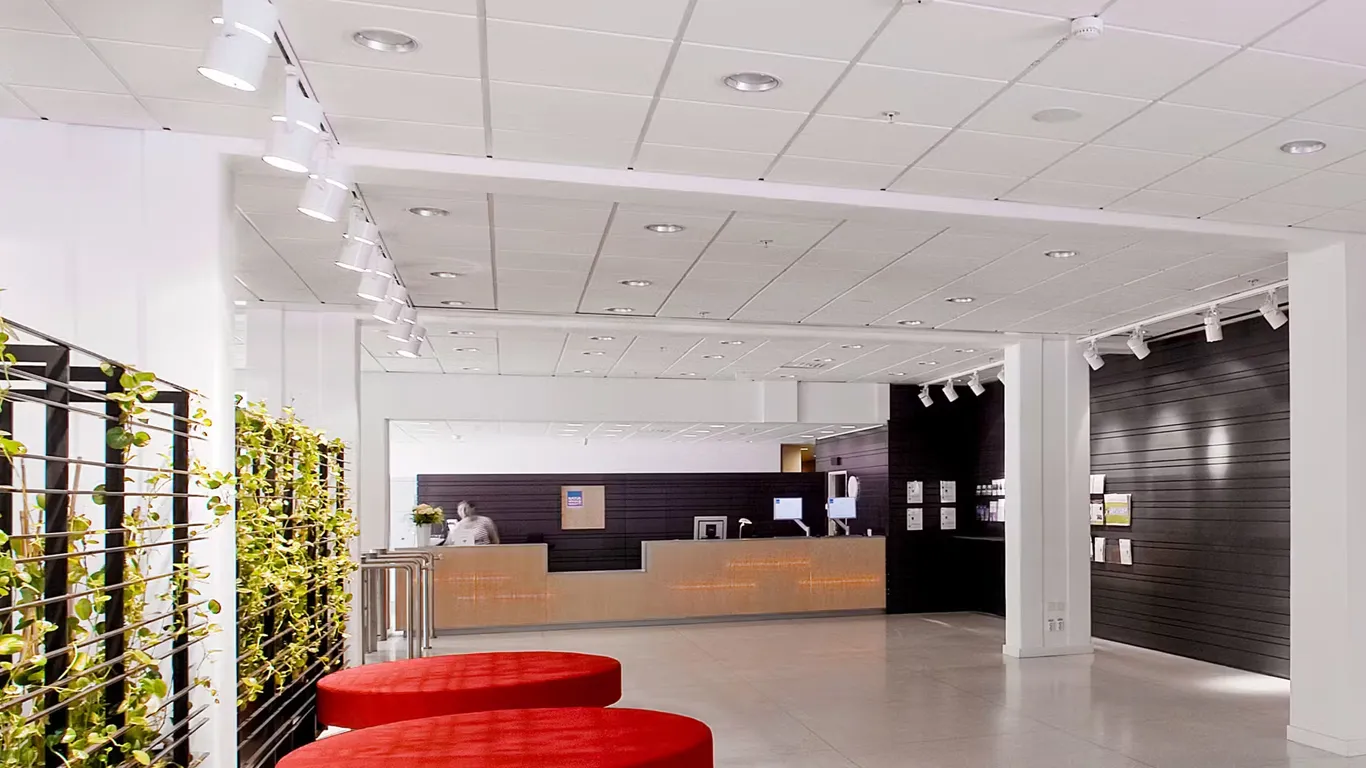
Types of Acoustic Ceiling Tiles
There are several types of acoustic ceiling tiles, each designed to meet specific acoustical needs and aesthetic preferences. The most common types include:
Suspended Acoustic Ceiling Tiles (Drop Ceilings)
- Description: Suspended acoustic ceiling tiles, also known as drop ceilings, are installed in a grid system suspended from the structural ceiling. These tiles are lightweight and can be easily removed for maintenance.
- Applications: Commonly used in commercial spaces, offices, and schools due to their versatility and ease of installation.
- Advantages: Easy access to electrical and mechanical systems, variety of design options, and effective sound absorption.
Direct Mount Acoustic Ceiling Tiles
- Description: These tiles are mounted directly to the existing ceiling using adhesive or mechanical fasteners. They are ideal for spaces with limited ceiling height.
- Applications: Suitable for residential spaces, small offices, and areas with low ceilings.
- Advantages: Simple installation, improves room aesthetics, and enhances sound quality without sacrificing ceiling height.
Acoustic Ceiling Clouds and Baffles
- Description: Acoustic clouds and baffles are suspended horizontally or vertically from the ceiling. They are often used as decorative elements that also provide sound absorption.
- Applications: Ideal for large open spaces, such as auditoriums, gyms, and conference rooms.
- Advantages: Flexible design options, high sound absorption, and can be used to create visual interest.
Custom Acoustic Ceiling Tiles
- Description: Custom acoustic tiles are designed to meet specific acoustic and aesthetic requirements. They can be tailored in terms of size, shape, color, and material.
- Applications: Suitable for unique architectural projects, high-end commercial spaces, and specialized environments.
- Advantages: Tailored solutions for specific needs, enhanced design flexibility, and optimal acoustical performance.
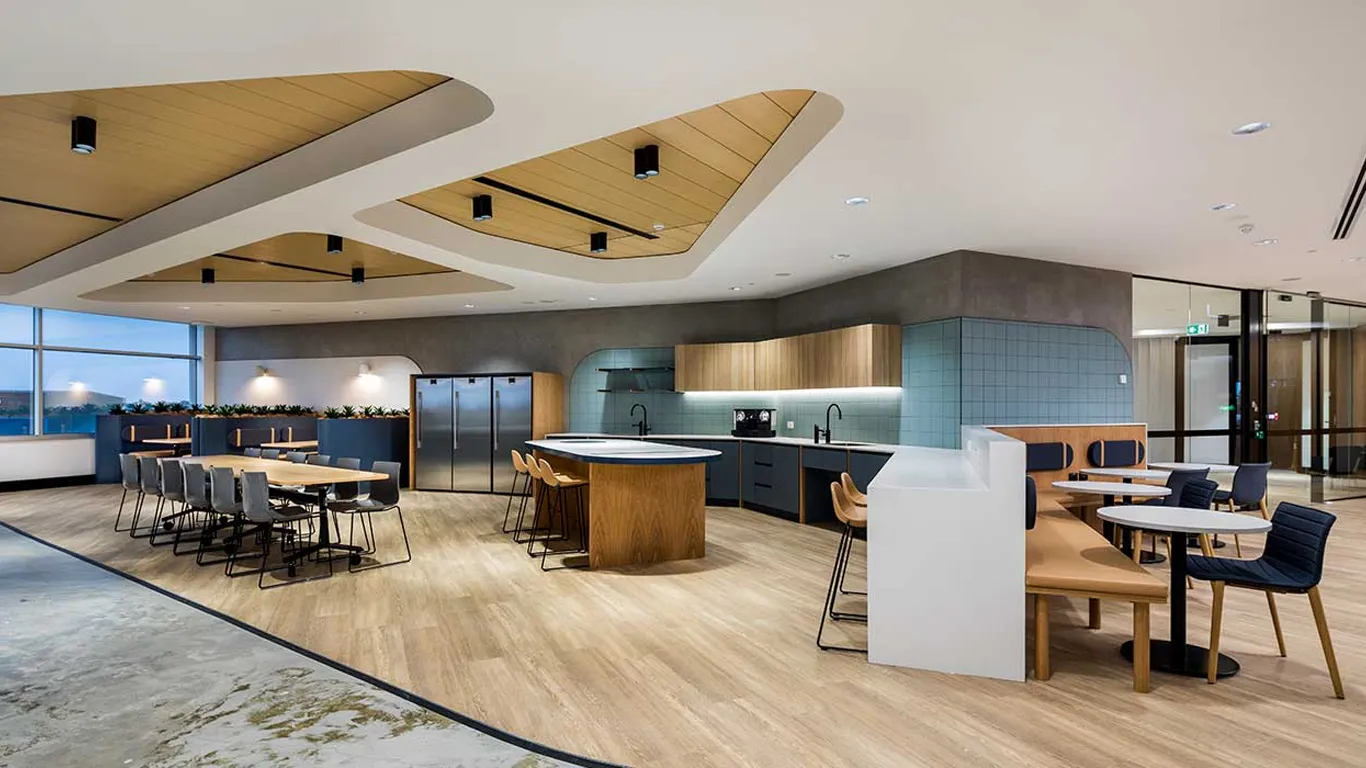
Materials Used in Acoustic Ceiling Tiles
The choice of materials for acoustic ceiling tiles significantly impacts their performance and aesthetic appeal. Common materials include:
Mineral Fiber
- Description: Mineral fiber tiles are made from a combination of natural and synthetic materials, including fiberglass, clay, and perlite.
- Properties: Excellent sound absorption, fire resistance, and durability.
- Applications: Widely used in commercial buildings, schools, and healthcare facilities.
Fiberglass
- Description: Fiberglass tiles are composed of fine glass fibers bonded together. They are lightweight and highly effective at absorbing sound.
- Properties: Superior sound absorption, moisture resistance, and thermal insulation.
- Applications: Suitable for offices, auditoriums, and music studios.
Wood Wool
- Description: Wood wool tiles are made from wood fibers bonded with cement. They offer a natural aesthetic and good acoustic performance.
- Properties: Good sound absorption, eco-friendly, and visually appealing.
- Applications: Ideal for eco-conscious projects, residential spaces, and cultural institutions.
Foam
- Description: Acoustic foam tiles are made from open-cell polyurethane foam. They are lightweight and easy to install.
- Properties: Excellent sound absorption, cost-effective, and available in various shapes and sizes.
- Applications: Commonly used in recording studios, home theaters, and offices.
Metal
- Description: Metal acoustic tiles are typically made from perforated steel or aluminum with a sound-absorbing backing.
- Properties: Durable, easy to clean, and effective at reducing noise.
- Applications: Suitable for industrial settings, modern offices, and public buildings.
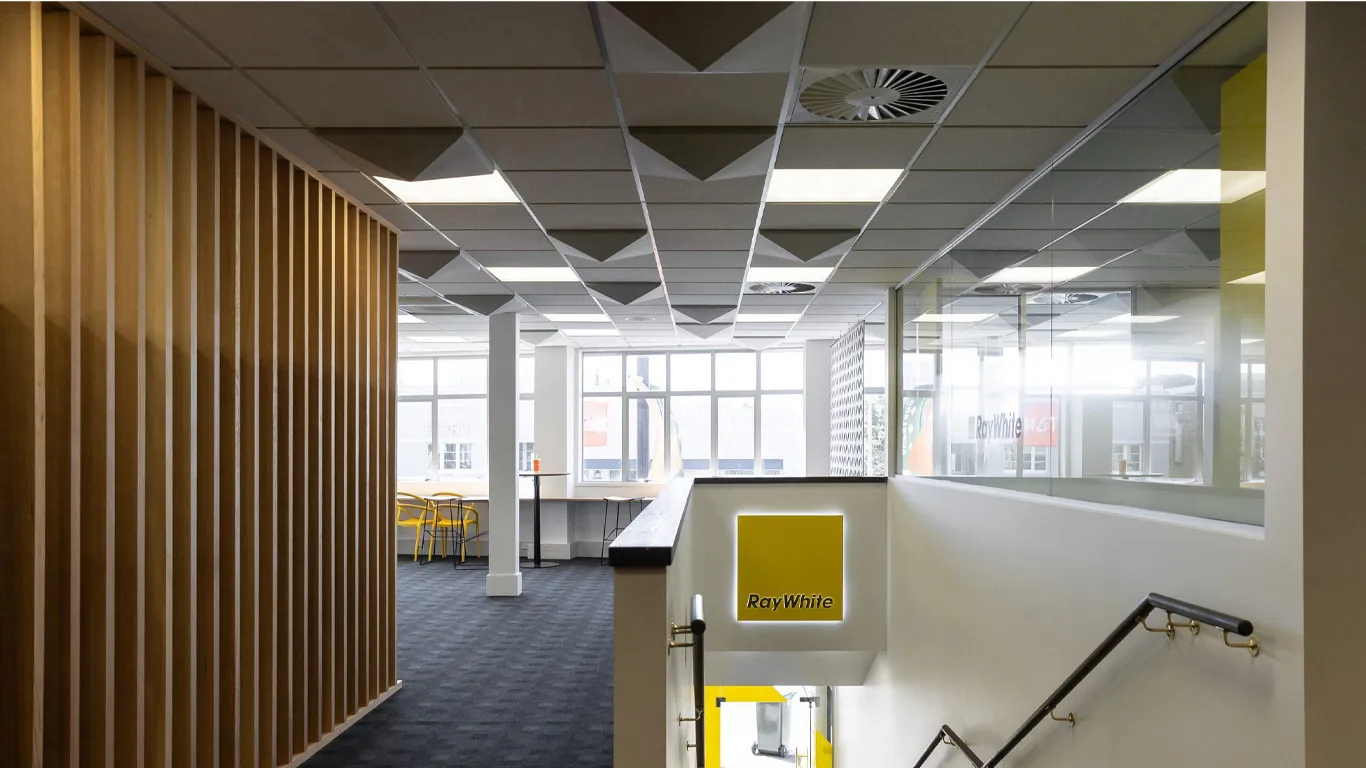
Benefits of Acoustic Ceiling Tiles
Acoustic ceiling tiles offer numerous benefits, making them a valuable addition to various spaces. Key benefits include:
Improved Sound Quality
- Explanation: Acoustic tiles absorb sound waves, reducing echo and reverberation. This leads to clearer speech, enhanced audio experiences, and overall better sound quality.
- Impact: Improved communication in offices and classrooms, better acoustics in performance spaces, and enhanced comfort in public areas.
Increased Privacy
- Explanation: By reducing sound transmission between rooms, acoustic ceiling tiles help maintain privacy. This is particularly important in offices, medical facilities, and conference rooms.
- Impact: Confidential conversations remain private, reducing the risk of eavesdropping and increasing the overall sense of security.
Enhanced Aesthetics
- Explanation: Acoustic tiles are available in various designs, colors, and finishes, allowing them to complement and enhance the interior design of any space.
- Impact: Aesthetic appeal is maintained without compromising acoustic performance, creating visually pleasing environments that are also functional.
Energy Efficiency
- Explanation: Certain acoustic tiles, such as those made from fiberglass and foam, offer thermal insulation properties. This can help regulate indoor temperatures and reduce energy consumption.
- Impact: Lower energy bills, improved comfort, and a more sustainable building.
Fire Safety
- Explanation: Many acoustic ceiling tiles are made from fire-resistant materials, such as mineral fiber and metal. These tiles can help slow the spread of fire and provide additional safety.
- Impact: Enhanced fire protection, increased building safety, and compliance with fire safety regulations.
Ease of Maintenance
- Explanation: Acoustic ceiling tiles are generally easy to clean and maintain. Suspended tiles can be easily removed for access to electrical and mechanical systems.
- Impact: Reduced maintenance costs, easy access for repairs, and prolonged lifespan of ceiling systems.
Health and Well-Being
- Explanation: By improving sound quality and reducing noise levels, acoustic ceiling tiles contribute to a healthier and more comfortable environment. This can lead to reduced stress and increased productivity.
- Impact: Enhanced employee well-being, improved learning environments, and better patient care in healthcare settings.
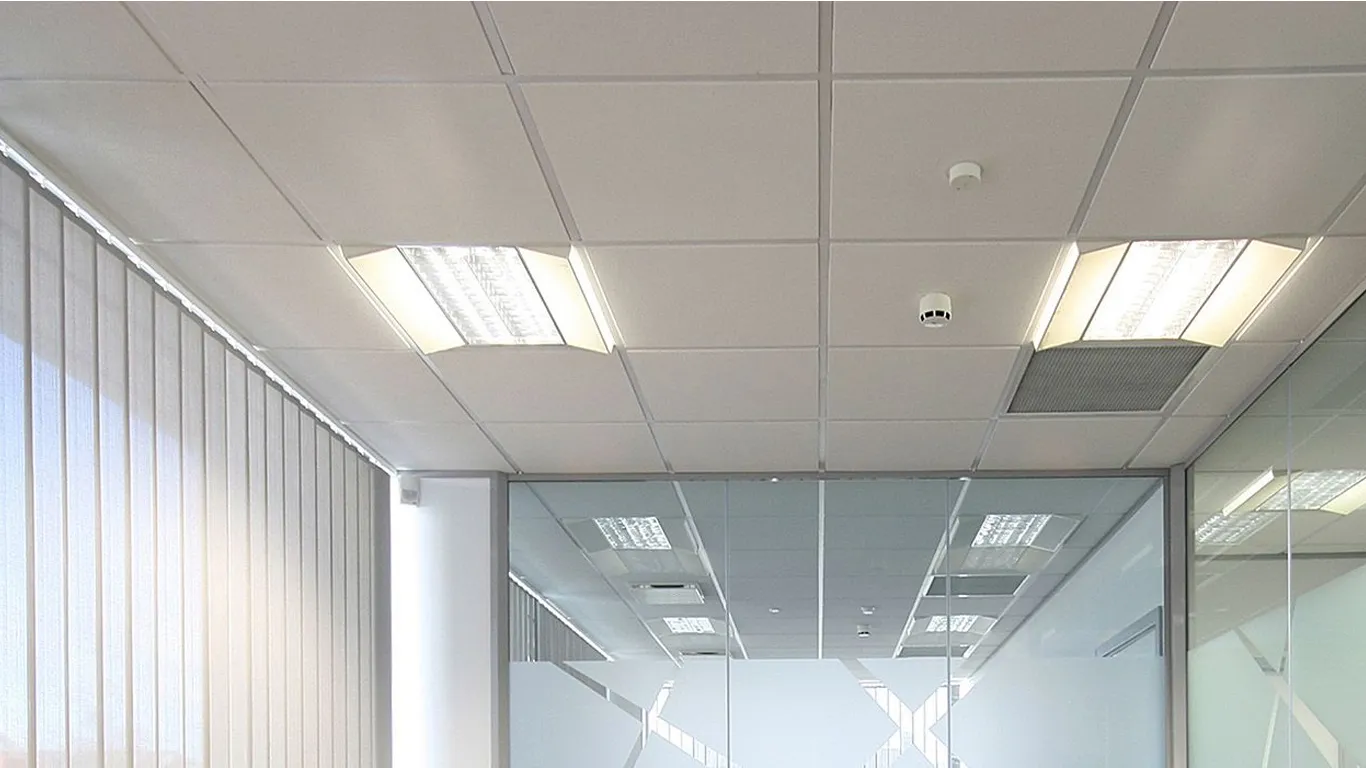
Choosing the Right Acoustic Ceiling Tiles
Selecting the appropriate acoustic ceiling tiles involves considering various factors, including the specific acoustic needs of the space, aesthetic preferences, and budget. Key considerations include:
Acoustic Performance
- Consideration: Determine the level of sound absorption and noise reduction required. This will depend on the nature of the activities in the space and the desired acoustic environment.
- Advice: Consult with acoustic experts to assess the specific needs and select tiles with appropriate noise reduction coefficients (NRC) and sound transmission class (STC) ratings.
Aesthetic Appeal
- Consideration: Choose tiles that complement the interior design and architectural style of the space. Consider the color, texture, and finish of the tiles.
- Advice: Explore different design options and request samples to ensure the tiles match the desired aesthetic.
Durability and Maintenance
- Consideration: Assess the durability of the tiles and their maintenance requirements. Consider factors such as resistance to moisture, mold, and impact.
- Advice: Opt for high-quality materials that offer longevity and ease of maintenance, especially in high-traffic areas.
Installation Method
- Consideration: Decide on the installation method, whether it’s a suspended grid system, direct mount, or custom solution. Consider the ease of installation and access to underlying systems.
- Advice: Consult with installation professionals to determine the best method for the specific space and ensure proper installation.
Budget
- Consideration: Evaluate the cost of the acoustic ceiling tiles and installation. Balance the budget with the desired acoustic performance and aesthetic appeal.
- Advice: Seek cost-effective solutions that meet the acoustic and design requirements without compromising quality.



